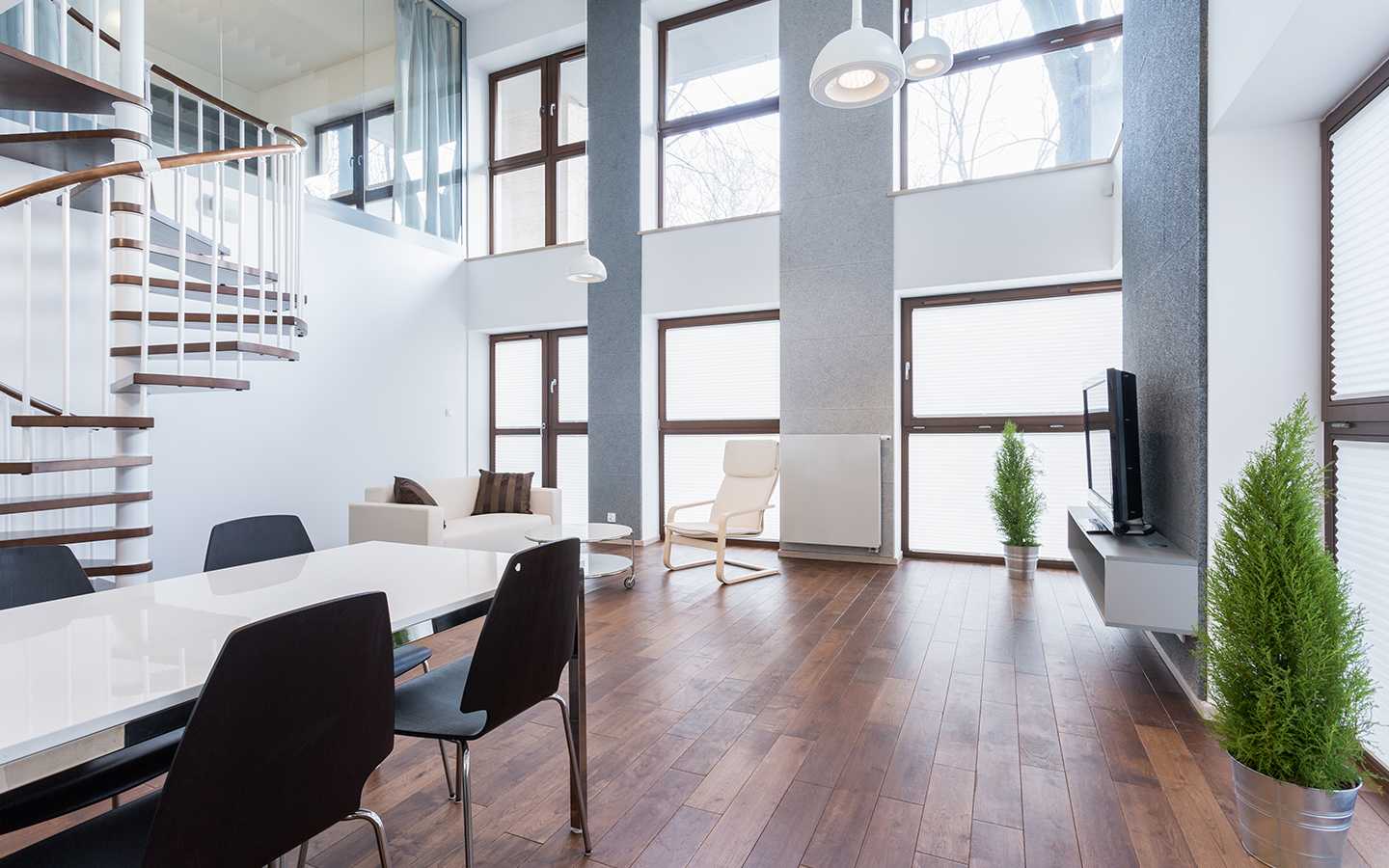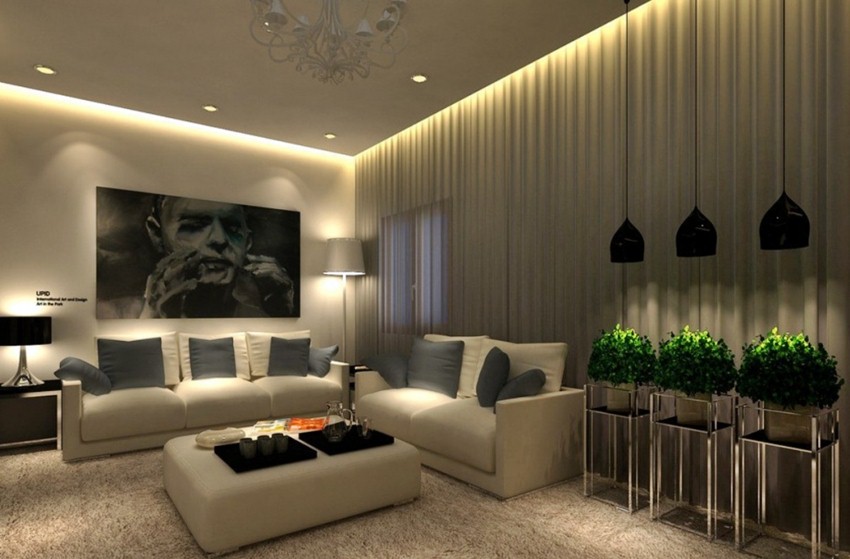Standard Ceiling Heights for Residential Homes
When it comes to living room design, one of the key elements to consider is the ceiling height. This not only affects the overall aesthetics of the space, but it also has practical implications such as lighting and acoustics. In this article, we will explore the top 10 main living room ceiling heights and how they can impact your home.
How to Measure Ceiling Height in a Room
Before we dive into the various ceiling heights, it's important to know how to measure the height of your living room. This can be done by using a tape measure and measuring from the floor to the ceiling at different points in the room. Make sure to account for any sloped or angled ceilings as well.
Optimal Ceiling Height for Living Rooms
When it comes to the ideal ceiling height for a living room, the general rule of thumb is to have a ceiling height that is at least 9 feet. This allows for enough headroom without feeling too cramped. Additionally, this height is ideal for hanging light fixtures and artwork.
Creative Ways to Increase Ceiling Height in a Living Room
If your living room has a lower ceiling height, there are ways to create the illusion of a higher ceiling. One way is to use vertical stripes on the walls or hang floor-to-ceiling curtains to draw the eye upwards. Another option is to install recessed lighting, which can make the ceiling appear higher.
Pros and Cons of High Ceiling Living Rooms
While high ceilings can create a grand and spacious feeling in a living room, they also have their drawbacks. High ceilings can be difficult to heat and cool, and they can make a room feel less intimate. Additionally, decorating and cleaning high ceilings can be a challenge.
How to Choose the Right Ceiling Height for Your Living Room
When deciding on the ceiling height for your living room, it's important to consider the overall size of the room and its purpose. If the room is smaller, a lower ceiling height can create a cozier atmosphere. However, if the room is larger, a higher ceiling can make the space feel more open and airy.
Tips for Decorating a Living Room with High Ceilings
If you have a living room with high ceilings, there are a few tips to keep in mind when decorating. Use tall furniture, such as bookcases or a tall entertainment center, to balance out the height of the room. Hang artwork at eye level to avoid making the space feel too empty. And don't be afraid to use bold colors and patterns to add interest to the walls.
The Impact of Ceiling Height on Room Acoustics
Ceiling height can also have a significant impact on the acoustics of a room. High ceilings can create an echo and make it difficult to hear conversations or music, while lower ceilings can absorb sound and create a more intimate atmosphere. Consider adding acoustic panels or rugs and furniture to help control the sound in a room with high ceilings.
Designing a Living Room with Low Ceiling Height
If your living room has a low ceiling height, it's important to make the most of the available space. Use low furniture, such as a low-profile sofa or coffee table, to avoid making the room feel cramped. Hang curtains closer to the ceiling to create the illusion of height. And use light colors on the walls and ceiling to make the space feel brighter and more spacious.
Incorporating Lighting into Different Ceiling Heights in a Living Room
Lighting is an essential aspect of any living room, and it can be used to enhance the ceiling height as well. For low ceilings, use recessed lighting or track lighting to keep the ceiling visually uncluttered. For high ceilings, use a statement chandelier or pendant lights to draw the eye upwards and add a focal point to the room.
In conclusion, the ceiling height in a living room can have a significant impact on the overall design and function of the space. Consider your options carefully and use these tips to make the most of your living room's ceiling height.
The Importance of Considering Living Room Ceiling Height in House Design

The Impact of Ceiling Height on a Room's Atmosphere and Functionality
 The living room is often considered the heart of a home, a place where family and friends gather to relax and spend quality time together. It is also the first room guests see when they enter a house, making it an important space for making a good first impression. When designing a house, many factors come into play, and one that often gets overlooked is the ceiling height of the living room.
Living room ceiling height
is not just a matter of aesthetics, but it also has a significant impact on the overall atmosphere and functionality of the space. The height of the ceiling can make a room feel more spacious, cozy, or even oppressive, depending on how it is designed. Hence, it is crucial to consider
ceiling height
as an essential element in
house design
.
The living room is often considered the heart of a home, a place where family and friends gather to relax and spend quality time together. It is also the first room guests see when they enter a house, making it an important space for making a good first impression. When designing a house, many factors come into play, and one that often gets overlooked is the ceiling height of the living room.
Living room ceiling height
is not just a matter of aesthetics, but it also has a significant impact on the overall atmosphere and functionality of the space. The height of the ceiling can make a room feel more spacious, cozy, or even oppressive, depending on how it is designed. Hence, it is crucial to consider
ceiling height
as an essential element in
house design
.
The Effects of High and Low Ceiling Heights on a Room's Atmosphere
 A high ceiling gives a sense of grandeur and spaciousness, making a room feel more open and airy. It also allows for more natural light to enter the room, making it feel brighter and more inviting. On the other hand, a low ceiling creates a more intimate and cozy atmosphere, perfect for creating a warm and welcoming space. However, too low of a ceiling can make a room feel cramped and stifling.
Ceiling height
also affects the acoustics of a room. High ceilings tend to create an echo, making it challenging to have conversations or watch TV without the sound bouncing off the walls. On the other hand, low ceilings absorb sound, creating a quieter and more intimate environment.
A high ceiling gives a sense of grandeur and spaciousness, making a room feel more open and airy. It also allows for more natural light to enter the room, making it feel brighter and more inviting. On the other hand, a low ceiling creates a more intimate and cozy atmosphere, perfect for creating a warm and welcoming space. However, too low of a ceiling can make a room feel cramped and stifling.
Ceiling height
also affects the acoustics of a room. High ceilings tend to create an echo, making it challenging to have conversations or watch TV without the sound bouncing off the walls. On the other hand, low ceilings absorb sound, creating a quieter and more intimate environment.
The Functional Aspect of Ceiling Height in a Living Room
 Apart from the atmosphere,
living room ceiling height
also plays a functional role in house design. It can affect the placement and size of furniture, as well as the overall layout of the room. A high ceiling allows for taller furniture and more vertical storage options, while a low ceiling limits the height of furniture and storage options.
Furthermore,
ceiling height
also impacts the efficiency of heating and cooling a room. A high ceiling can make it challenging to maintain a comfortable temperature, as warm air rises and collects near the ceiling, leaving the lower areas of the room colder. On the other hand, a low ceiling helps to circulate warm air, making it easier to maintain a consistent temperature.
In conclusion,
living room ceiling height
is a crucial factor to consider in
house design
. It not only affects the atmosphere and functionality of a room, but it also has a significant impact on the overall design and layout of the space. Therefore, it is essential to carefully consider
ceiling height
and find the right balance to create a comfortable and inviting living room.
Apart from the atmosphere,
living room ceiling height
also plays a functional role in house design. It can affect the placement and size of furniture, as well as the overall layout of the room. A high ceiling allows for taller furniture and more vertical storage options, while a low ceiling limits the height of furniture and storage options.
Furthermore,
ceiling height
also impacts the efficiency of heating and cooling a room. A high ceiling can make it challenging to maintain a comfortable temperature, as warm air rises and collects near the ceiling, leaving the lower areas of the room colder. On the other hand, a low ceiling helps to circulate warm air, making it easier to maintain a consistent temperature.
In conclusion,
living room ceiling height
is a crucial factor to consider in
house design
. It not only affects the atmosphere and functionality of a room, but it also has a significant impact on the overall design and layout of the space. Therefore, it is essential to carefully consider
ceiling height
and find the right balance to create a comfortable and inviting living room.


























































/decorating-rooms-with-high-ceilings-2213425-hero-3a7d673a3aec42dbbfa74dd5a0a1b27e.jpg)




































